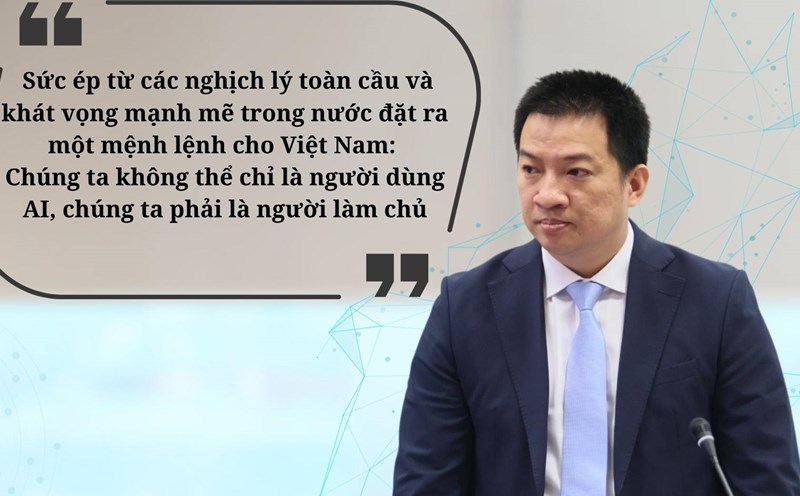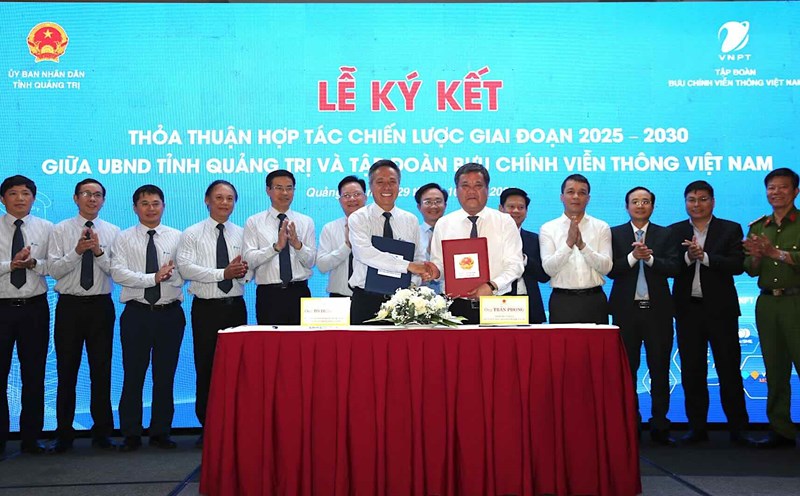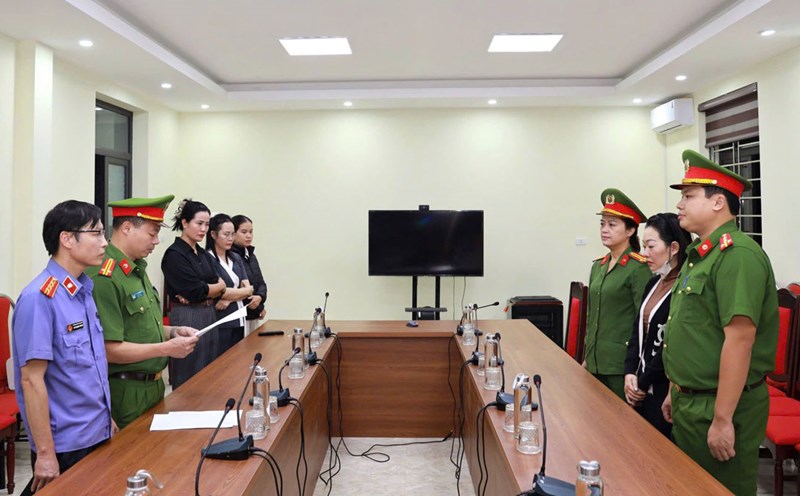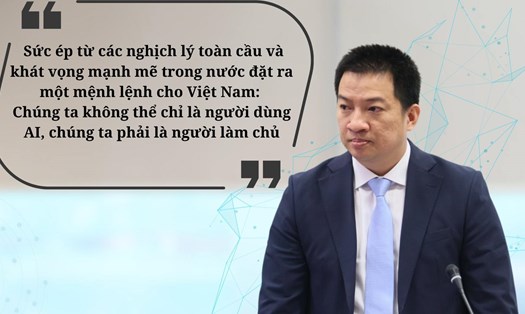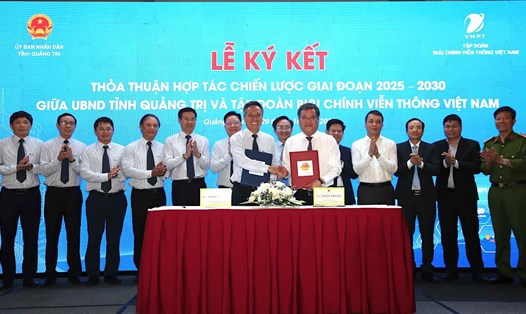This week, US President Donald Trump landed in Asia during a turning point trip.
The goal is not only diplomacy, but also to sign the Technology Prosperity Deal (TPD) with Japan and South Korea, an agreement that could shape the future of the global technology race.
According to the White House, TPD focuses on seven key areas including artificial intelligence (AI), semiconductors, quantum computing, biotechnology, space, 6G network and standard innovation.
These agreements aim to strengthen cooperation, regulate regulations, promote innovation and protect national economic security.
The US is looking to take advantage of the strengths of its two Asian allies as Japan has the advantage of advanced materials, robots and space technology, while South Korea is the world's leading memory chip manufacturing center.
The US-Japan agreement focuses on promoting AI exports, protecting core technologies and developing new AI standards.
The two sides will cooperate to expand the US-Japanese AI ecosystem, including hardware, software and applications.
Meanwhile, the US and South Korea will focus on reducing data barriers, supporting innovative storage, and enhancing the ability to coordinate AI exports.
A statement from the White House emphasized that the US-Korea border guards will promote bilateral benefits through coordinated AI exports, closer technology control and innovation of AI measurement standards.
This is a move to continue the partnership that the US has previously expanded with the UK and other G7 countries.
With the close cooperation between the three technological powers, experts believe that the future of AI, chips and quantum will not only be shaped in the laboratory, but also at the international negotiation table.
The strategic unity between the US, Japan and South Korea could create a new global technology alliance that both promotes innovation and ensures supply chain security in the AI era.

